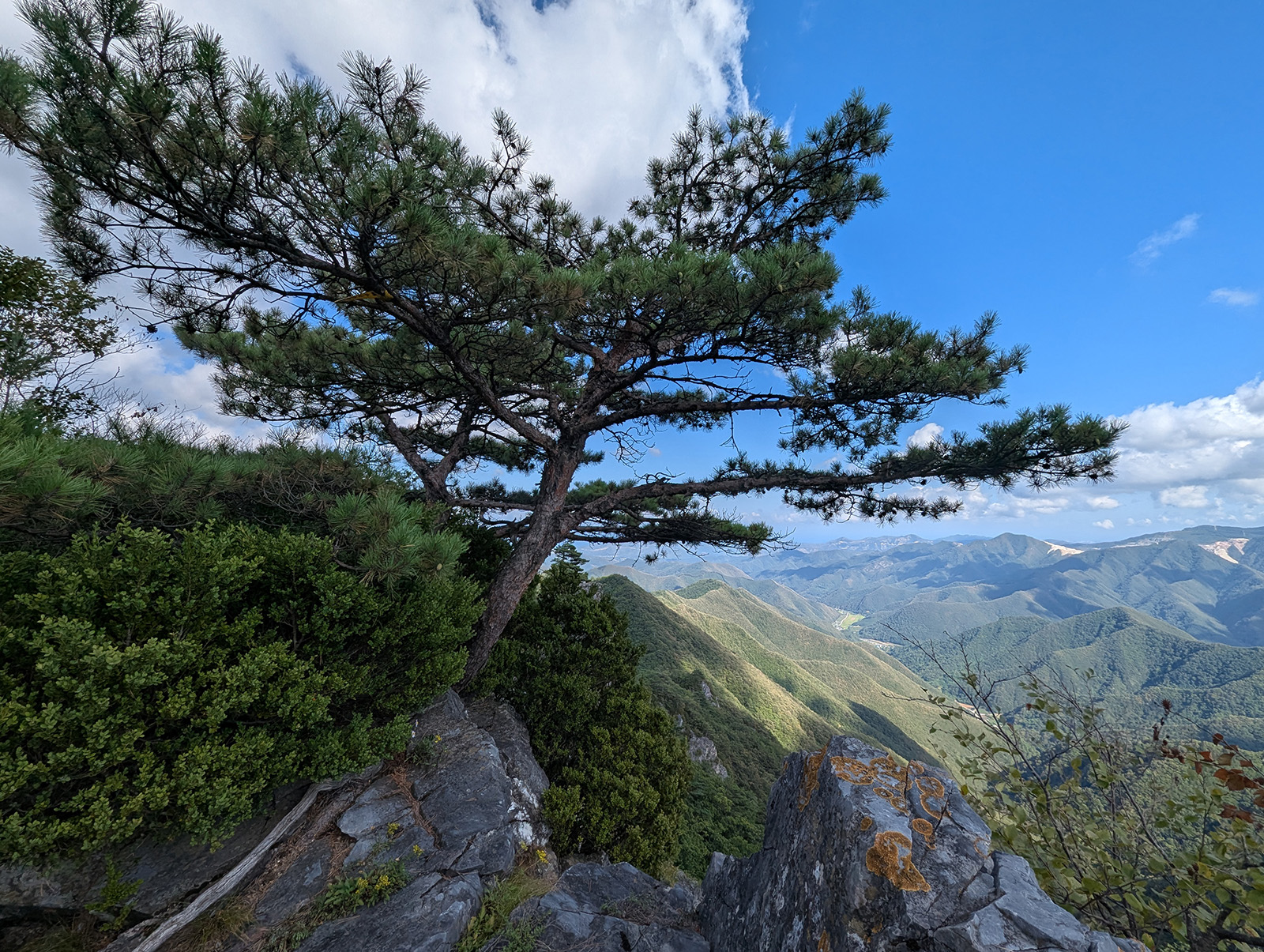This fall, the Arnold Arboretum of Harvard University is mounting three international plant collecting expeditions—efforts that reflect our enduring commitment to botanical discovery, global plant conservation, and international collaboration to preserve biodiversity. As part of the Arboretum’s historic Campaign for the Living Collections, managed by Dr. Miles Sax, these expeditions to South Korea, Japan, and Bosnia and Herzegovina aim to secure rare and endangered plant germplasm from their native habitats for research, conservation, and public education.
From September 6–15, Dr. Michael Dosmann, keeper of the living collections, journeyed to South Korea, marking only the second modern-era collecting trip to the country by the Arboretum since 1977. Arboretum plant collectors first traveled to Korea in 1905, and the Korean peninsula was included in Ernest Henry Wilson’s famed 1917-19 expedition to Eastern Asia. Many species native to Korea are hardy in Boston, and the country is home to numerous plant lineages shared with China, Japan, and eastern Russia as well as focal endemic species found nowhere else.
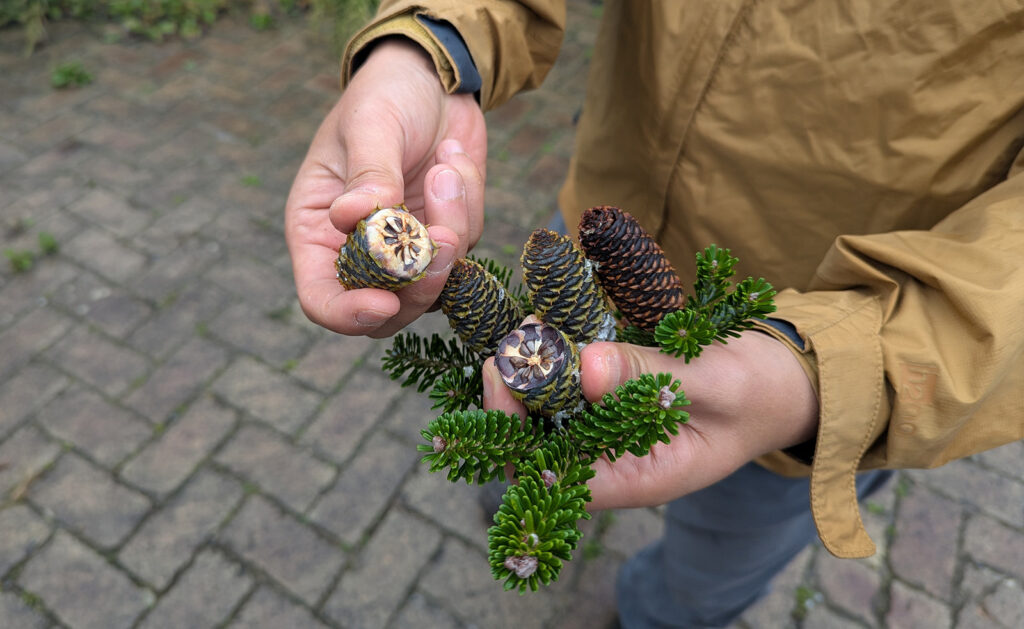
Dosmann collaborated with a team of Korean scientists, including Dr. Hui Kim of Mokpo University, Dr. Seung-Chul Kim of Sungkyunkwan University, and Drs. Hyun-Do Jang, Ah-Mi Oh, and Dong-Chan Son from the Korea National Arboretum. Together, the team explored diverse habitats from the sea to the mountains to collect seeds and herbarium specimens that will enrich the Arboretum’s East Asian collections—one of the most comprehensive outside Asia. Notable species collected as part of this collaboration include Korean fir (Abies koreana), Korean stewartia (Stewartia pseudocamellia), yellow wax-bells (Kirengeshoma palmata), and Korean forsythia (Forsythia ovata).
From there Dosmann travelled to Japan, where Assistant Curator Dr. Miles Sax and Plant Propagator Sarah Shank were exploring wild populations of woody plants in Western Honshu and Hokkaido from September 14-30. This trip was planned and executed with long-time biodiversity partner Dr. Mineaki Aizawa, professor of Forest Botany at Japan’s Utsunomiya University. Joining the team for explorations in Hokkaido was Yoshinari Hata, a graduate student working with Aizawa.
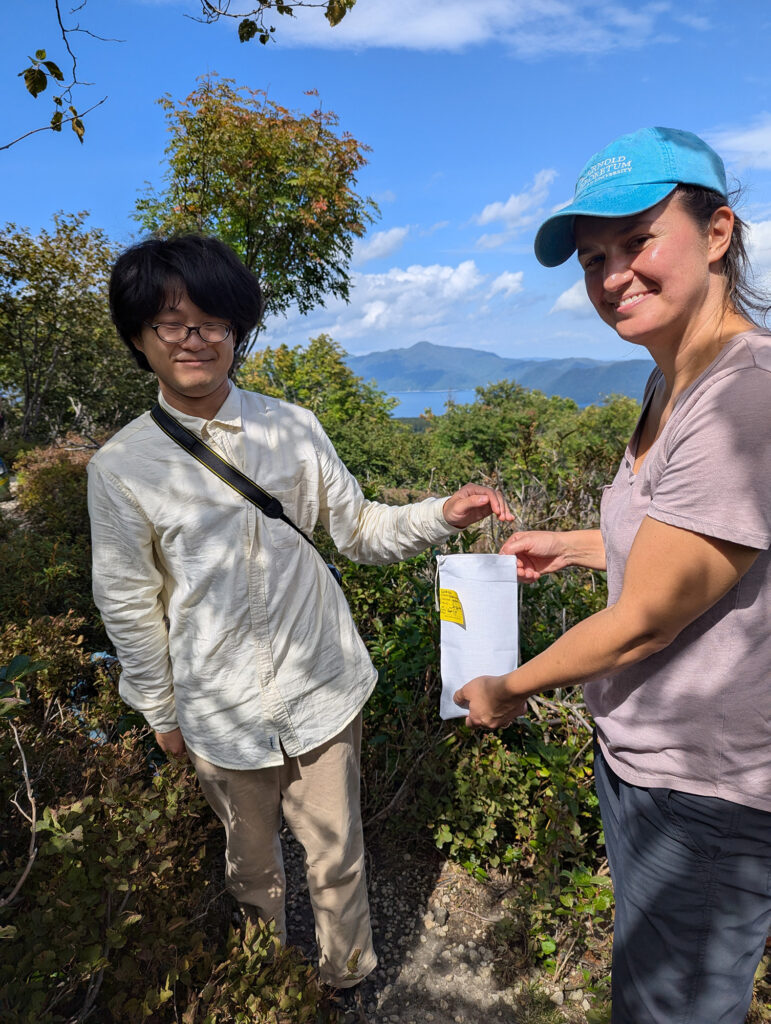
This leg of the expedition marked the Arboretum’s first visit to Hokkaido for the Campaign and a symbolic return to Mt. Moiwa, a site visited by the Arboretum’s founding director Charles Sprague Sargent in 1892. Sargent’s documentation of the majestic Cercidiphyllum japonicum (Japanese katsura) in Hokkaido helped introduce the region’s old-growth forests to the Western world and inspired early conservation efforts in Japan.
The team collected seeds and herbarium samples as part of the Arboretum’s historical efforts to preserve wild-collected germplasm in its collections for research and ex-situ conservation efforts. Species collected on this leg of the expedition include an Asian wintergreen (Gautheria pyroloides), Gray’s mahogany (Eubotryoides grayana), and yellow-flowered weigela (Weigela middendorfiana).
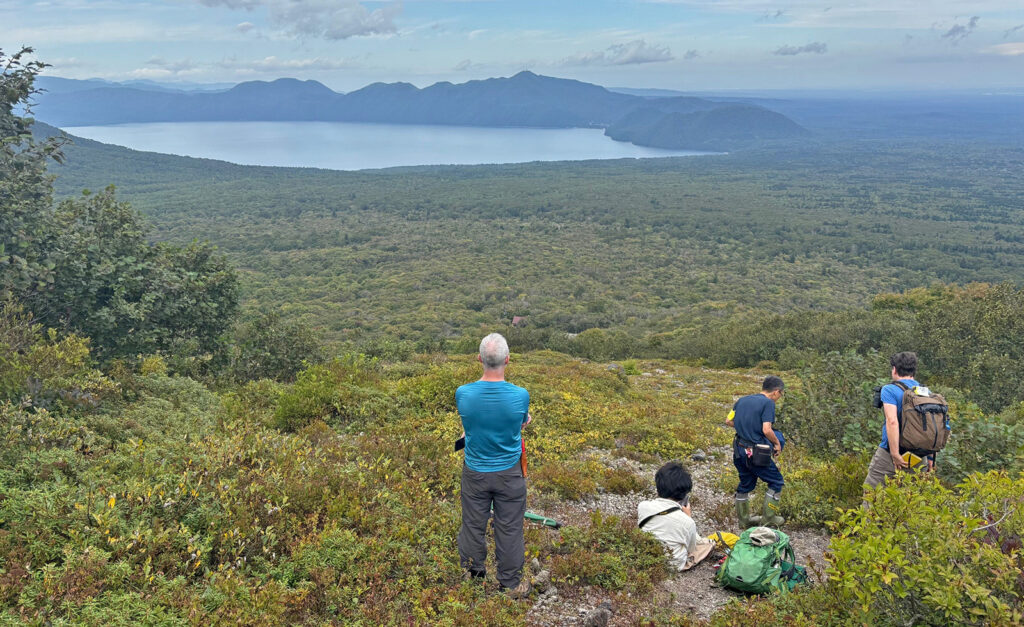
The expedition then proceeded south to Utsunomiya, in Tochigi Prefecture, Honshu. With Professor Aizawa’s lab at Utsunomiya University as a home base, the team explored regional forests from sea level (quite literally, as Hakone weigela or Weigela coraensis was collected on a beach) to an elevation of 5,500 feet near Mt. Taro to collect Ukurundu maple (Acer ukurunduense) and Weigela maximowiczii growing alongside beautiful specimens of large-leaf katsura (Cercidiphyllum magnificum). Other exciting first collections for the Campaign included cardiandra (Cardiandra alternifolia), a relative of hydrangea, and lobe-leaf alangium (Alangium platanifolium).
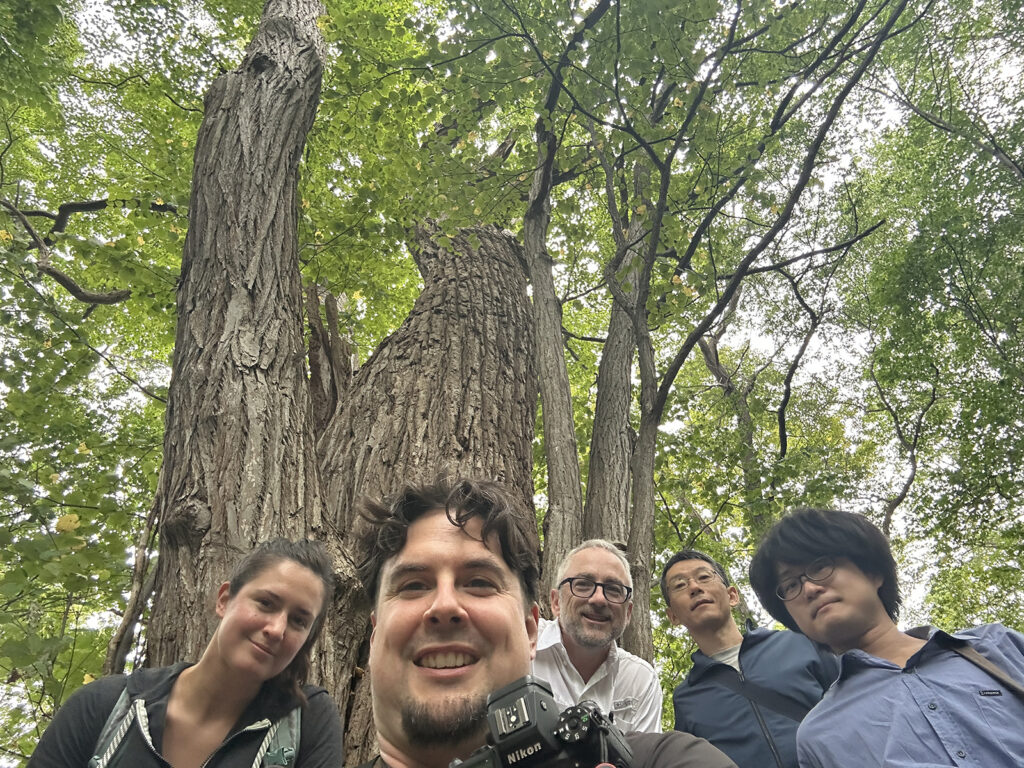
Later this fall, from October 19–26, Dosmann and Sax will travel to Bosnia and Herzegovina in Eastern Europe to collect seed of Europe’s rarest conifer, the Serbian spruce (Picea omorika). This expedition is in partnership with Dr. Milan Mataruga, professor of Forestry at the University of Banja Luka and a leading expert on the species. While the Arboretum’s collection includes several specimens of Serbian spruce—including a centenarian dating to 1919—none represent wild-collected germplasm of this critically-endangered species.
The Arboretum’s fall 2025 expeditions are more than scientific fieldwork—they represent vital acts of environmental stewardship and global collaboration. By seeking out and collecting rare and threatened plant species in their native habitats, we play a crucial role in preserving biodiversity at a time of accelerating ecological change. Each seed gathered and cultivated becomes part of a living legacy, ensuring that these plants—and the knowledge they embody—are available for future generations to study, appreciate, and protect. Through this work, we strengthen our mission to safeguard global biodiversity and inspire deeper connections between the world’s people and plants.
